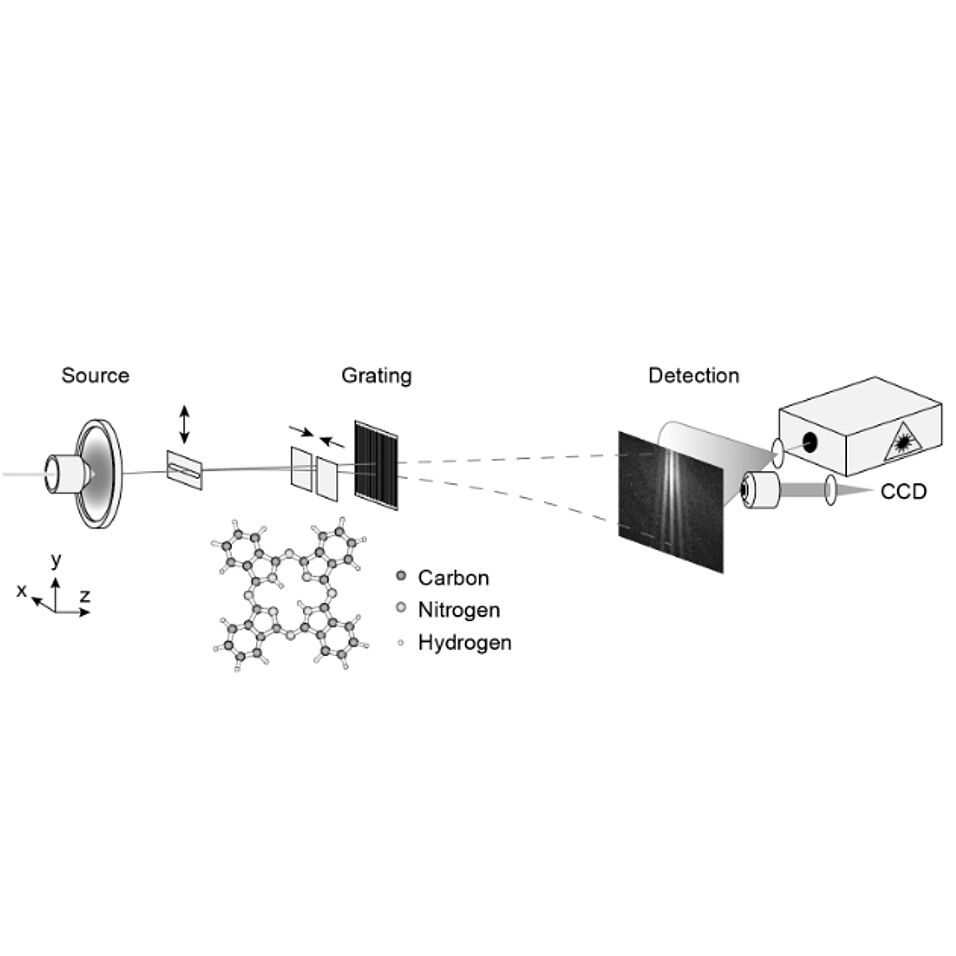These lecture notes emerged from a contribution to the "Les Houches Summer School, Session CVII - Current Trends in Atomic Physics, July 2016". It is meant to serve students as a guide to a selection of topics that are currently at the focus of molecular quantum optics and complements an earlier lecture on related topics [Arndt et al., 2014]. In this review we discuss recent advances in molecular quantum optics with large organic molecules. In particular, we present successful experiments of molecules of biological importance, such as neurotransmitters and map out the route towards interferometry of large bio-matter such as proteins. The interaction of internally complex molecules with various beam splitters is discussed for both far-field diffraction at a single nanomechanical grating and the Kapitza-Dirac Talbot-Lau near-field interferometer - addressing recent progress, experimental challenges, and prospects for quantum enhanced metrology of highly complex systems in the gas phase. A central part of this review deals with the preparation of slow beams of neutral biomolecules, ranging from a single amino acid to proteins or peptides in a micro-environment.
Read the full contribution here.
C. Brand, S. Eibenberger, U. Sezer, M. Arndt
Matter-wave physics with nanoparticles and biomolecules
arXiv:1703.02129 [quant-ph]

